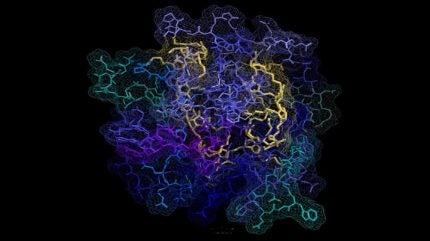Researchers from the US’s Northwestern and Case Western Reserve universities have developed the first therapeutic that leverages polymers to treat Huntington’s disease, an incurable neurological condition. It uses peptide-brush polymers to shield proteins from harmful binding. The approach has succeeded in mouse studies, where it reversed symptoms and no adverse events were confirmed.
The gold standard of business intelligence. While further testing is required, the researchers envision administering the treatment as a once-weekly injection to delay the onset of the disease or alleviate symptoms in those carrying the genetic mutation. The study was co-led by Nathan Gianneschi, Northwestern’s Weinberg College of Arts and Sciences professor of chemistry and member of the International Institute of Nanotechnology, and Xin Qi, the Jeanette M and Joseph S Silber professor of brain sciences and co-director of the Center for Mitochondrial Research and Therapeutics, at Case Western Reserve University.
It is based upon earlier research from Case Western Reserve, where in 2026 Xin Qi and a team identified a valosin-containing protein that binds abnormally to the mutant Huntington protein, leading to cellular aggregates. These aggregates disrupt the function of mitochondria, crucial for cellular energy production. Access the most comprehensive Company Profiles on the market, powered by GlobalData.
Save hours of research. Gain competitive edge. Your download email will arrive short.


















